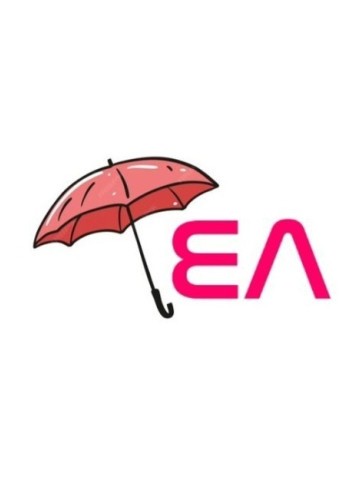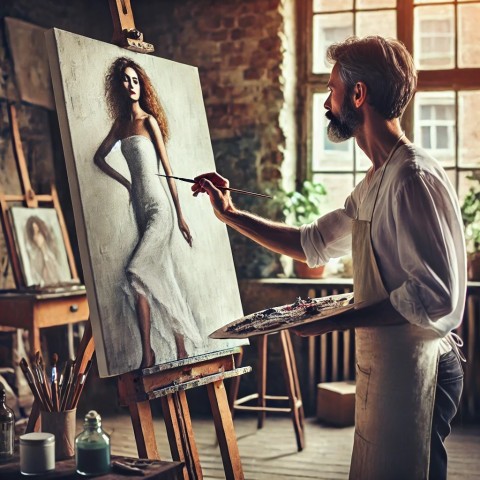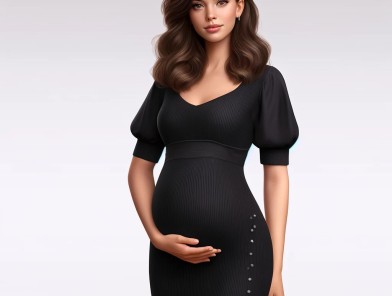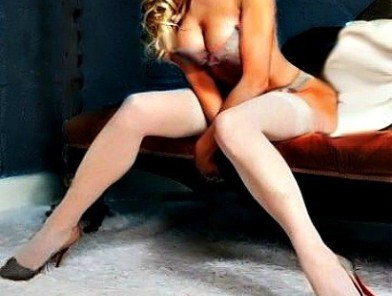The relationship between escorting and art has a rich history that transcends centuries, blending the realms of sensuality, creativity, and mutual inspiration. From classical muses who captivated artists to modern-day companions who provide intellectual and emotional stimulation, this intricate dance has continuously evolved. In cities with vibrant artistic communities, such as Knoxville escorts, professionals often find themselves engaging with creatives, offering companionship that sparks new ideas and artistic expression. Similarly, in culturally diverse locations like escorts in Vancouver, the dynamic between muse and patron is further enriched by the intersection of different artistic movements and influences. This article delves deep into the historical and contemporary dynamics of muse and patron relationships within the escorting industry, exploring how these partnerships inspire creativity and foster mutual growth.
The Evolution of the Muse in Art and Escorting
The concept of the muse has long been a cornerstone of artistic creation. In ancient Greece, muses were considered divine inspirations for poets, musicians, and artists. These figures were often depicted as goddesses who bestowed the gift of creativity upon their chosen individuals. As history progressed, the idea of the muse became more humanized, often represented by real-life individuals who provided inspiration through their presence, beauty, or intellectual companionship.
During the Renaissance, the role of the muse took on a more personal dimension. Artists such as Leonardo da Vinci and Michelangelo often drew inspiration from their patrons and models. These relationships were not purely transactional but were imbued with a deep sense of mutual respect and admiration. The muse, often a lover or confidante, played a crucial role in the artist's creative process, influencing their work in profound and sometimes overt ways.
The Romantic era further solidified the bond between muse and artist, with poets like Lord Byron and Percy Bysshe Shelley drawing upon their intense personal relationships to fuel their literary creations. These muses were not passive figures but active participants in the creative process, engaging in intellectual exchanges and emotional connections that enriched the artist's work.
Contemporary Dynamics
In the modern era, the relationship between escorts and artists has continued to evolve. Today, the intersection of escorting and art is characterized by a more egalitarian and collaborative dynamic. Escorts, often embodying the role of the muse, bring their unique perspectives, experiences, and emotional depth to the artist's work, fostering a partnership that is both creatively and personally enriching.
- Mutual Inspiration and Growth
The relationship between an escort and an artist can be a powerful catalyst for creativity. Escorts, with their diverse backgrounds and experiences, offer a fresh perspective that can invigorate an artist's work. This partnership is not merely about physical beauty but encompasses a deeper emotional and intellectual connection. Through conversations, shared experiences, and mutual exploration, escorts and artists can inspire each other to push the boundaries of their respective crafts.
For artists, an escort can serve as a muse who brings new ideas and insights into their creative process. This inspiration can manifest in various forms, from visual art and literature to music and performance. The escort's presence and influence can lead to the creation of works that are imbued with a sense of intimacy, passion, and emotional resonance.
Conversely, artists can provide escorts with a unique platform to explore their own creative potential. By engaging with artists, escorts can delve into the world of artistic expression, discovering new facets of their own identities and talents. This symbiotic relationship fosters mutual growth, allowing both parties to evolve and expand their horizons.
- Breaking Stereotypes and Challenging Norms
The relationship between escorts and artists often challenges societal stereotypes and norms. Escorts, who are frequently marginalized or misunderstood, can find validation and empowerment through their partnerships with artists. These relationships highlight the complexity and multidimensionality of escorts, showcasing their intellectual and emotional depth.
Artists, in turn, can use their work to challenge prevailing attitudes towards sex work and escorting. By depicting escorts as muses and collaborators, artists can help to dismantle harmful stereotypes and promote a more nuanced and respectful understanding of the profession. This creative advocacy plays a crucial role in shifting societal perceptions and fostering greater acceptance and inclusivity.
- Creating Lasting Legacies
The muse and patron relationship can result in the creation of enduring works of art that leave a lasting legacy. Throughout history, many iconic works have been inspired by the intimate and profound connections between artists and their muses. These creations stand as testaments to the power of human connection and the transformative potential of artistic collaboration.
In contemporary times, the art inspired by these relationships continues to resonate with audiences, offering glimpses into the unique dynamics and emotional depth of muse and patron partnerships. Whether through painting, sculpture, literature, or film, these works capture the essence of the relationship and immortalize the impact of the muse on the artist's creative journey.
- Navigating Ethical Considerations
While the intersection of escorting and art offers numerous benefits, it also raises important ethical considerations. The power dynamics inherent in muse and patron relationships require careful navigation to ensure mutual respect and consent. Clear communication and boundaries are essential to maintaining a healthy and equitable partnership.
Artists and escorts must engage in open and honest dialogues about their expectations, intentions, and boundaries. This transparency fosters trust and ensures that both parties feel valued and respected. It is also crucial to acknowledge and address any potential imbalances in power, striving for a relationship that is collaborative and mutually empowering.
- The Role of Technology
Technology has played a significant role in shaping contemporary muse and patron relationships. The advent of digital communication and social media has made it easier for artists and escorts to connect and collaborate, transcending geographical boundaries and fostering global partnerships.
Through online platforms, artists can showcase their work and reach a wider audience, while escorts can engage with potential patrons and collaborators. Virtual communication tools enable ongoing dialogue and creative exchange, allowing for continuous inspiration and collaboration even when physical meetings are not possible.
Additionally, technology has facilitated new forms of artistic expression, such as digital art, virtual reality, and multimedia installations. These innovations offer exciting possibilities for muse and patron partnerships, enabling them to explore new creative territories and push the boundaries of traditional art forms.
Case Studies and Examples
- Frida Kahlo and Diego Rivera
One of the most iconic muse and patron relationships in modern art history is that of Frida Kahlo and Diego Rivera. Their tumultuous yet deeply passionate relationship had a profound impact on their respective works. Kahlo's intense emotional experiences and unique perspective influenced Rivera's murals, while Rivera's encouragement and support played a crucial role in Kahlo's artistic development. Their partnership exemplifies the powerful synergy that can arise from the intersection of personal and creative lives.
- Patti Smith and Robert Mapplethorpe
The relationship between musician Patti Smith and photographer Robert Mapplethorpe is another compelling example of muse and patron dynamics. Their mutual support and inspiration fueled their artistic journeys, resulting in groundbreaking works that challenged societal norms and redefined artistic expression. Smith's literary prowess and Mapplethorpe's visual artistry created a unique and enduring legacy that continues to inspire new generations of artists.
- David Hockney and Celia Birtwell
British artist David Hockney's relationship with fashion designer Celia Birtwell offers a more contemporary example of muse and patron collaboration. Birtwell's distinctive style and personality inspired many of Hockney's iconic portraits, while Hockney's work brought Birtwell's designs to a broader audience. Their partnership highlights the diverse ways in which muse and patron relationships can manifest and the impact they can have on both the art world and popular culture.
The intersection of escorting and art, embodied in muse and patron relationships, is a testament to the transformative power of human connection and creative collaboration. Throughout history and into contemporary times, these partnerships have inspired some of the most profound and enduring works of art, challenging societal norms and fostering mutual growth.
By embracing the complexities and ethical considerations of these relationships, artists and escorts can continue to push the boundaries of artistic expression and create works that resonate deeply with audiences. The dynamic interplay between muse and patron offers a unique and compelling narrative that celebrates the richness of human experience and the boundless potential of creativity. As technology continues to evolve and societal attitudes shift, the intersection of escorting and art will undoubtedly continue to inspire and captivate, leaving a lasting legacy for future generations.













